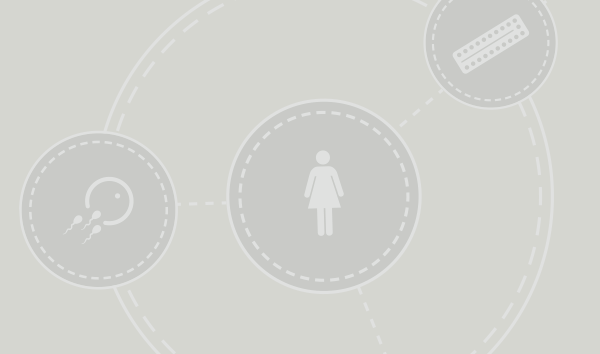Jan 10

Contraceptive Pearl: Contraception and sickle cell disease
This edition covers the use of contraception by people with sickle cell disease.
Help Us Protect Access to Sexual and Reproductive Health Care Today!
Jan 10

This edition covers the use of contraception by people with sickle cell disease.
Dec 14

Advocates for clinicians to decouple pelvic exams and birth control in their practice.
Dec 05

Two documents commissioned by the National Association of Community Health Centers that outline federal laws and regulations regarding providing women’s health services in federally qualified health centers.
Nov 08

Depression affects many of our patients. In the United States, the lifetime prevalence of major depression is 17%, approximately twice as common among women as among men. This edition of the Contraceptive Pearls reviews best practices for contraceptive care for patients with depression.
Nov 01

This sheet provides comprehensive, easy-to-read information for patients who are thinking of becoming pregnant. The sheet also answers patient questions about pregnancy, healthy eating, excercise and common health problems, vaccinations, toxic exposure, safety, and more.
Oct 12

Systemic lupus erythematosus primarily affects women of reproductive age and often worsens during pregnancy. This issue covers contraceptive options for lupus patients who usually receive little contraceptive counseling.
Sep 13

IUDs are a great type of long-lasting contraception, and each type of IUD lasts for a different amount of time. Find out the duration of different kinds of IUDs in this Contraceptive Pearl.
Aug 09

As of September 2014, HCPCS codes for removing and inserting IUDs and contraceptive implants have changed. Read the new codes in this Contraceptive Pearl.
Jul 19

Guidance on initiating progestin injection or progestin implant after a medication abortion.
Jul 12

Women who take St. John’s wort should consider using a barrier method along with oral contraceptive pills. Pill users who need medication for depression should consider something other than St. John’s wort. The possible interaction between St. John’s wort and oral contraceptives highlights the importance of asking patients about their use of health supplements.